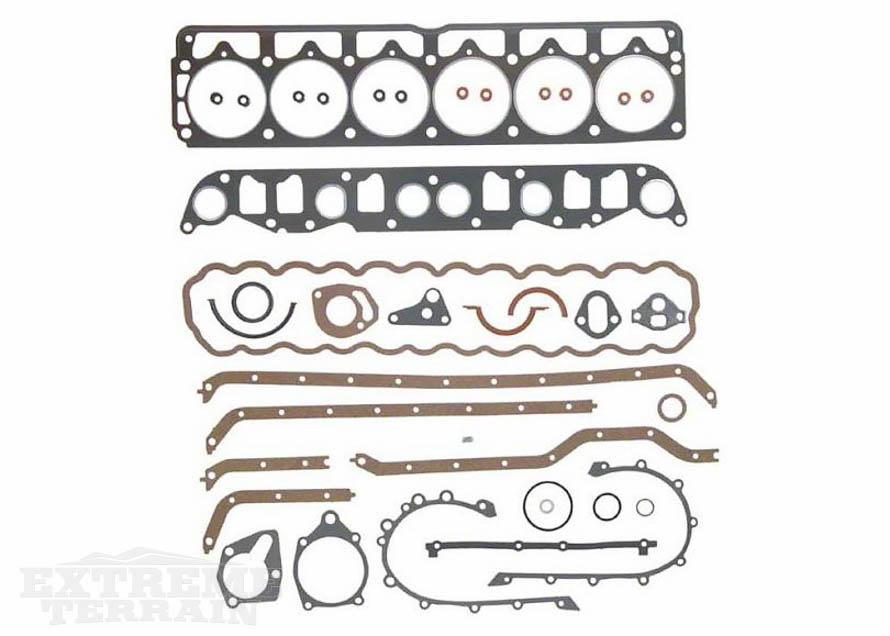Automotive gaskets and seals serve an important purpose of preventing outside elements from entering or fluids from leaking out of the Jeep’s overall structure or powertrain. It’s always important to keep in mind these gaskets could dry and break down over time, so it’s critical they are properly maintained. In this information guide, we’ll focus on identifying some of the major gasket and seals found on your Jeep, discuss what they could be made of, and good maintenance procedures to ensure they perform to the full extent of their designed function.
Contents
Shop Wrangler Gaskets
Between every mating service is a gasket, and their importance shouldn't be understated. Whenever you're separating two pieces on your rig, make sure you have the gasket and lubricants to put everything back together properly.


